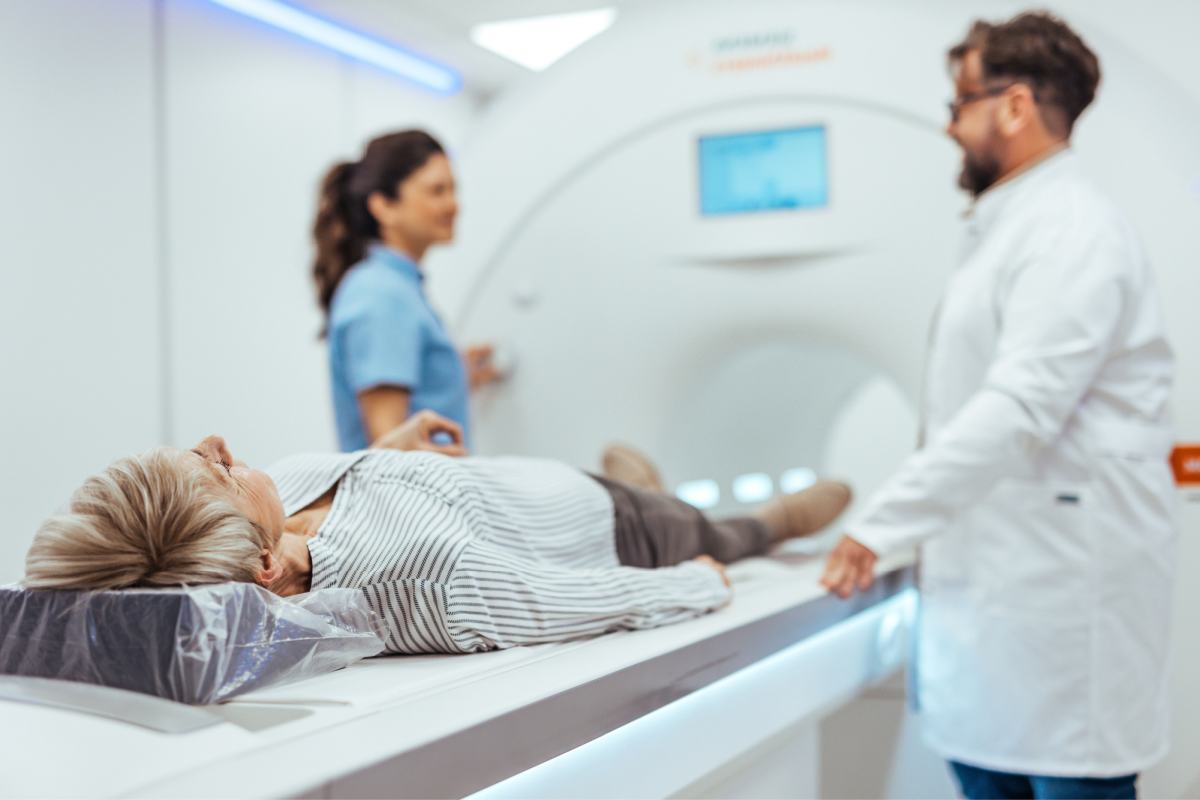Researcher at the Massachusetts Institute of Technology (MIT) have developed a new ingestible medical device which measures breathing rate and heart rate from inside a patient’s body. The technology could make it easier for physicians to monitor these vital signs in patients who have sustained traumatic injuries, as well as those being treated for a chronic illness.
The researchers also point out the medical device’s potential application in the sports medicine world, where an athlete’s vital signs could be monitored while they are in training. Since the sensor is ingested through the mouth, it ends up in the gastrointestinal tract where it measures heart beats and inhalations by detecting sound waves.
“Through characterization of the acoustic wave, recorded from different parts of the GI tract, we found that we could measure both heart rate and respiratory rate with good accuracy,” said Giovanni Traverso, a research affiliate at MIT’s Koch Institute for Integrative Cancer Research, and a gastroenterologist at Massachusetts General Hospital. Traverso was one of the lead authors on a paper describing the technology which was published in the journal, PLOS One.
Medical techniques including electrocardiograms (ECG) and pulse oximetry are currently the standard for measuring heart rate and respiratory rate, respectively. The main disadvantage of these tests is the necessity for monitoring devices to make contact with the skin. Alternatively, vital signs can be consistently measured by a wearable monitor, however these medical devices can be uncomfortable for the patient to wear.
Inspired by newly-developed ingestible sensors that measure internal body temperature and ensure adherence to a medication schedule, the MIT researchers decided to design a small sensor capable of measuring vital signs from inside the digestive tract. They used the simplest solution to accomplish this task, by designing a small microphone capable of detecting the distinct noises made when a patient’s heart beats, or they take a breath.
According to Albert Swiston, a technical staff member at MIT’s Lincoln Laboratory, and an author on the group’s research paper, the ingestible sensor is essentially “an extremely tiny stethoscope that you can swallow. Using the same sensor, we can collect both your heart sounds and your lung sounds. That’s one of the advantages of our approach — we can use one sensor to get two pieces of information.”
In order to translate the acoustic data into representative heart and breathing rates, the researchers developed a signal processing system capable of distinguishing sounds made by the lungs and heart, from noises produced by other parts of the body. The resulting prototype medical device is composed of a small microphone encapsulated in silicone, along with the electronic components necessary for processing the acoustic information and a transmitter capable of sending radio signals to a receiver outside the body.
The entire medical device is approximately the size of a multivitamin pill. The researchers tested the device in pigs and found that it was capable of accurately measuring heart and respiratory rates, while simultaneously cancelling out any other noises made throughout the digestive tract.
“The authors introduce some interesting and radically different approaches to wearable physiological status monitors, in which the devices are not worn on the skin or on clothing, but instead reside, in a transient fashion, inside the gastrointestinal tract,” said John Rogers, a professor of materials science and engineering at the University of Illinois. “The resulting capabilities provide a powerful complement to those found in wearable technologies as traditionally conceived.”
Due to the transient nature of the digestive tract, the researchers estimate that the medical device would only be in a patient’s system for one to two days. For longer-term monitoring, they say the patient could swallow a new sensor as needed.
The researchers say this technology could be useful in the military, where soldiers could be remotely monitored for dehydration, fatigue, tachycardia, or shock. If the device were equipped with a temperature sensor, it could also detect hyperthermia, hypothermia, and even fevers indicative of infection.
Swiston and his team hope to further improve the device to be able to diagnose heart and breathing disorders, including arrhythmias, emphysema and asthma. Doctors currently use patient harnesses – Holters which must be worn for up to a week – to diagnose such conditions. Unfortunately, some patients fail to adhere to the 24 hour wear of the harness due to discomfort, which often leads to delayed diagnosis of conditions.
Sources:
- A new way to monitor vital signs – http://news.mit.edu/2015/ingestible-sensor-measures-heart-breathing-rates-1118
- Traverso, G., Ciccarelli, G., Schwartz, S., Highes, T., Boettcher, T., Barman, R., Langer, R., and Swiston, A. (2015). Physiologic Status Monitoring via the Gastrointestinal Tract. PLOS One.












Join or login to leave a comment
JOIN LOGIN